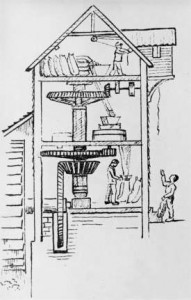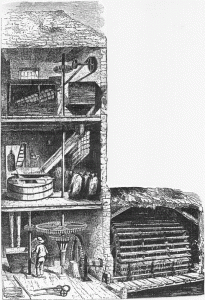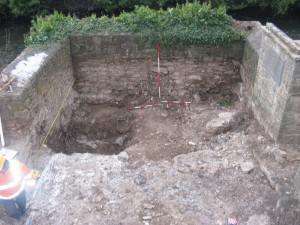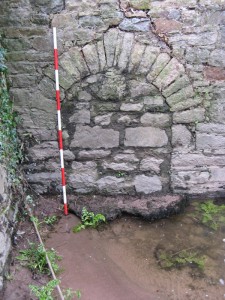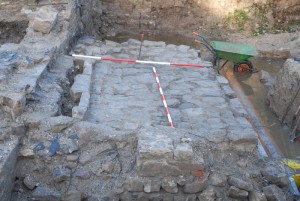This just in from http://www.biodiversityireland.ie/
‘BioBlitz is a scientific race against time. The aim of this fun event is to find as many species as possible within a park over a 24 hour period. During last year’s event, the champions, Connemara National Park recorded a massive 542 species over a 24 hour period.
Again this year, five of Ireland’s magnificent state-owned properties will be vying for the title of BioBlitz 2011 Champions, with each site pitted against one another to see which property can find most species. From soaring eagles to the smallest bugs in the undergrowth, teams of scientists and volunteers will comb the parks recording what they find.
Participating this year will be:
Ballycroy National Park, Co Mayo
Dromore Woods, Co Clare
Killarney National Park, Co Kerry
Raven National Nature Reserve/ Wexford Wildfowl, Co Wexford
Waterstone Park, Dublin 7
This is a unique event where scientists, students and the general public can come together and learn how scientists and recorders use their skills to study the wildlife of an area. It will also introduce the non-specialist to the fabulous wealth of biodiversity that occurs all around us.
The event will commence at 17.00 hrs on 20 May and finish at 17.00 hrs on 21 May.
If you are interested in finding out more about Ireland’s natural heritage or would like to join one of the participating teams, please contact the National Biodiversity Data Centre for further details.
Email: info@biodiversityireland.ie
Phone: 051 306 240
Visit http://www.biodiversityireland.ie/home-page/irelands-bioblitz/ for information on last year’s event.’

